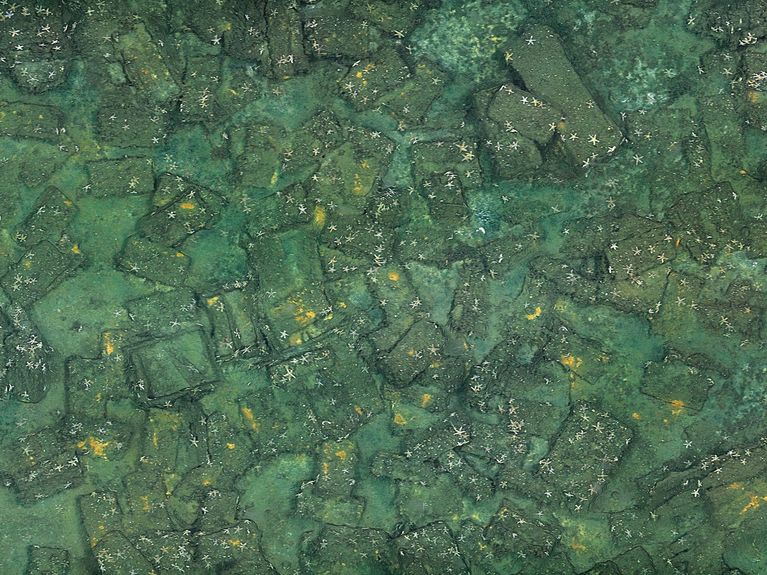
Challenge #67
Clearing the sea of munitions, quickly and environmentally compatible.
Hundreds of thousands of tons of munitions litter the North and Baltic Seas, posing a major ecological hazard. We locate these contaminated sites and develop solutions for their disposal.
Participating centers
During World War II and in military exercises, large quantities of ordnance were dumped in the North and Baltic Seas. Time after time, these munitions must be cleared at great expense, for example, during the installation of offshore facilities such as pipelines, cable routes, or wind farms in order to avoid the risk of explosion. In addition, due to corrosion, some munitions can also leak toxic and carcinogenic substances into the sea, increasingly polluting the marine ecosystem.
German ocean research is addressing this pressing threat by developing methods to detect the munitions and identify the substances they contain. GEOMAR coordinates various projects for this purpose. For example, our scientists have developed an analysis system that not only detects explosives in water, but also quantifies them in near-real-time. We have also taught autonomous underwater vehicles to identify suspicious objects reliably, and our researchers have already come up with various solutions to the question of how military remnants can be rendered harmless. These methods are now being tested in practice so that munitions in the sea will no longer pose a danger in the future.
(Header: AUV-Team, GEOMAR)